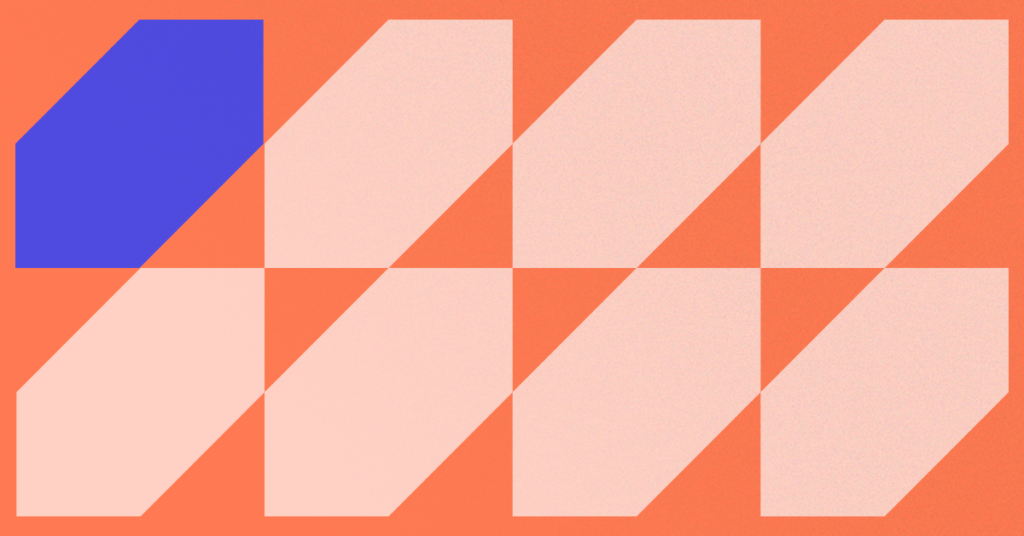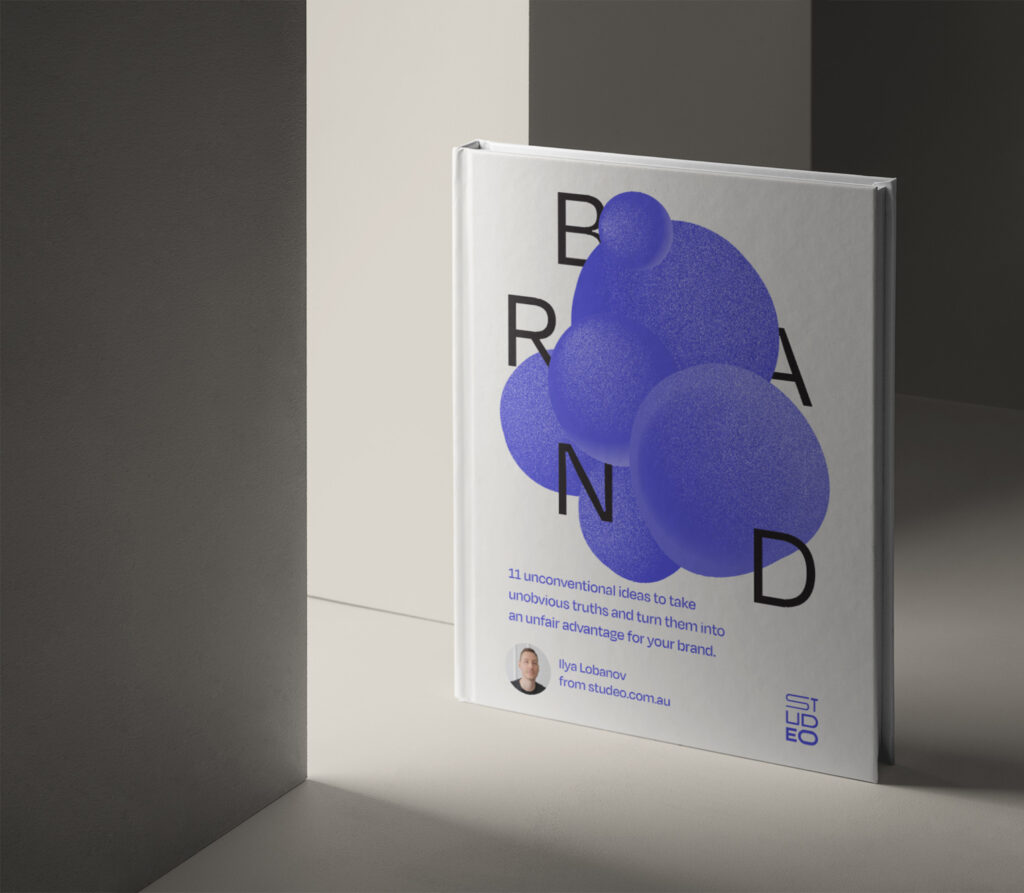Leading Design Through Collaboration

I was recently catching up for coffee with friends. One of them wanted to ‘pick my brain’.
He’s hired a designer to create a few flyers and other marketing materials for his business.
He wanted my opinion and help to improve the layout of those materials.
In his own words, he needed to micromanage the designer, if he wanted to end up with something well-balanced and aesthetically pleasing to look at.
There are lots of things to unpack here in terms of why my friend was having a frustrating experience. It could have been him not valuing design as a service (in his own words, it should be cheap, fast, and good). Not trusting the designer to do their job. Or not being clear on the key objective he wants to achieve with the designs.
All of this reminded me why I set clients’ expectations early and make sure we are collaborating rather than just transacting.
Client and designer collaboration and co-creation can make the difference between a poor design, and a great one.
Here are 5 practical tips to make this collaboration (and your next design project) a successful one.
Tip 1 – Prepare for a collaboration, not a transaction
Before hiring your next designer, consider this main mindset shift.
You are not purchasing a toothbrush or a pair of boots. Any endeavour that requires creativity can’t be treated like a transaction.
Yes, you will have some ongoing design needs you can hire designers on an ad-hoc basis.
But if you are thinking about a new business idea or a new design deliverable (a brand identity, a logo, a website, or an app), consider reaching out to a strategic designer or agency early.
Explain what you are trying to achieve. Share what prompted you to act in the first place.
Your gut feeling that you need to do something is rarely wrong. But the solution you think you need isn’t always right.
A strategically inclined designer will have their ‘ear to the ground’ and can input valuable insights into even the higher-level decisions.
Like what to name your new brand. Or help you to think about things like your customer journey/s. And even assist with competitor analysis, so you know how you can differentiate.
Generally speaking, talking to a designer early will enable a richer conversation about how you can improve your offering and pursue a strategy with the highest likelihood of success.
Tip 2 – Don’t collaborate with a designer like this
Often, I find that knowing what not to do can be just as helpful as thinking about what to do.
Here are just a few things that come to mind. Even if these points are all you take away from this post, thinking about these should improve the success of your next design project.
Offering to sit behind the designer’s shoulder
Just thinking it will be quicker if you tell them what to do won’t make it so. Watching an egg boil isn’t going to make the process any faster. This is the opposite of collaboration. More like micromanaging. Evaluate the designers you work with before you hit the go button. Then trust them with the process.
Derailing a project with non-stop check-ins
Emailing the designer with a new idea, a new direction, a change of mind, or additional information can derail a project. A strategic designer is like a chef. He’ll create an amazing dish based on the ingredients you’d given him. But if midway through you want to add a new ingredient, the dish will no longer make sense.
Changing scope or shifting goalposts
Similarly to the point above, you need to identify and agree on the objective/s and scope early. It’s okay for priorities to shift, but if you don’t have clarity about what you are trying to achieve, you can be stuck in an endless loop of design revisions. More on this shortly.
Tip 3 – Set collaboration up for success
For a typical branding project with my clients, I start with a workshop. This sets the engagement up for success (and collaboration).
The workshop is a set of interactive exercises I facilitate and run, to extract insights from the client.
The workshop generally involves the business founder. But with larger organisations, I like to invite other key staff members, key salespeople, someone from HR, and so on.
As all of these stakeholders can offer knowledge and experience about the customer, the brand, and the product that others can’t.
As a client, this is a great opportunity to set the engagement up for success, making sure you are co-involved in the creation of the final deliverable.
Often, when I talk about collaboration with a client, people assume that I am inviting clients to do the work or for them to be in the driver’s seat.
This is not what the workshops are about. The purpose of these workshops is to get fodder (not answers).
Groupthink is a terrible thing, and trying to generate the ‘final idea’ in the workshop never works.
Creating a strategy or ideating a creative solution is done by your designer. Once you’ve contributed the insights that only you and your people have.
So from a practical point of view, great practice for you might be to collect customer success stories (or on the flipside, perform a post-mortem on a failed project/client) regularly, so you can see the bigger picture and start spotting some insights.
Tip 4 – Identify your end goal for the project
As I mentioned at the top of the post, sometimes your gut feeling that you need some work is right, but the deliverable you think you need might be wrong.
This is where it helps to think less in terms of deliverables and more in terms of the outcomes that you need.
What is the end transformation that you are looking to achieve?
Do you want to increase signup conversions on the website?
Increase brand awareness or social media mentions?
Often, a workshop like the one I mentioned above can help to drill down to your actual desired objective, beyond the deliverable you think you need.
If the designer you’re working with doesn’t offer one, you may need to workshop this yourself before you brief them.
A reflective What, So What, Now What framework can be a useful tool for this. Or even the (somewhat controversial) SWOT Analysis framework.
Whatever the tool, try to think in terms of the future state of your business. Your vision for it in 5 or 10 years, if you will.
Tip 5 – Understand what role you play in the design process
Every designer will have a slightly different design process.
A good designer will have honed their process just so. As to make sure the design outcomes are successful.
Make a point of learning about their process in those initial intro calls of briefings.
- Seek to understand what you need to provide and when.
- Ask what level of involvement they require from you.
- Find out if the process has particular stages for your review.
- Enquire what opportunities you will have to collaborate.
I’ve always believed that giving clients as much clarity around my process as possible makes the overall outcome so much more effective.
Everyone is slightly different. But for me, the more proactive a client is, the more likely that we can craft something beautiful together.
Final thoughts on client and designer collaboration
When I first shared notions of clients and designers collaborating on a project, I was faced with a backlash.
Both, from independent designers, and those that worked in agencies.
They argued that inviting clients for creative brainstorms, or any other ‘creative’ part of the process was a recipe for disaster.
They said that would taint the ‘smarter’ ideas of the creative minds by having to incorporate those offered by the client whose expertise lies elsewhere.
They claimed that I was inviting someone who was not qualified to intervene in my work. Or trying to compensate for my own lack of creativity.
As far as I’m concerned, beating my chest saying ‘only I am creative, the clients aren’t’ isn’t the pathway to a successful brand, business, or product.
It’s being confident as a design specialist to facilitate, manage, and co-create solutions together with my clients.
Enjoyed this article?
If you found this article insightful consider signing up for the Studeo Insider and receive more insights like this one. If you know someone who might enjoy this article, please share it. If you have any questions or would like a chat, please reach out via email or on Instagram, I’d love to hear from you!
